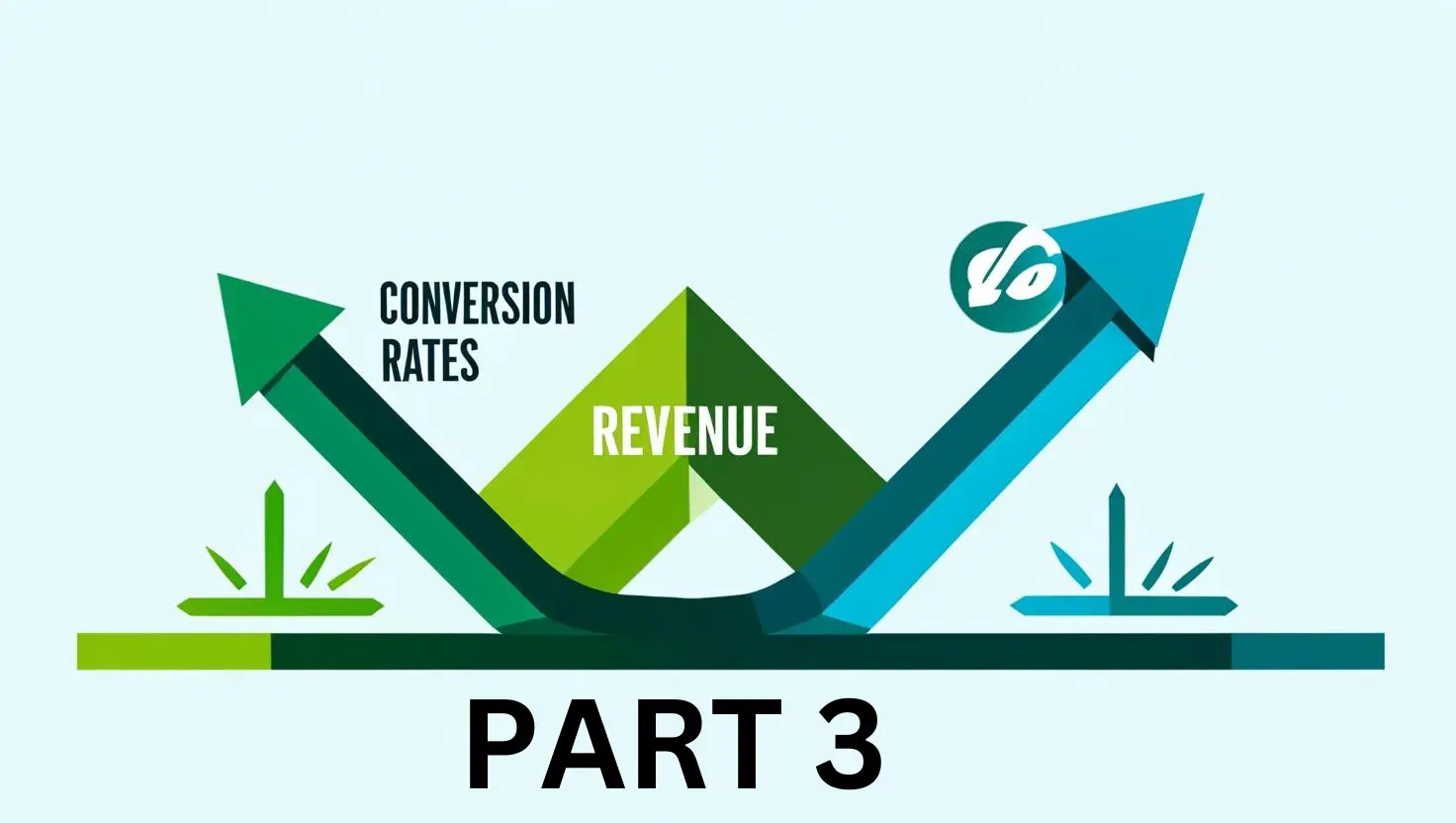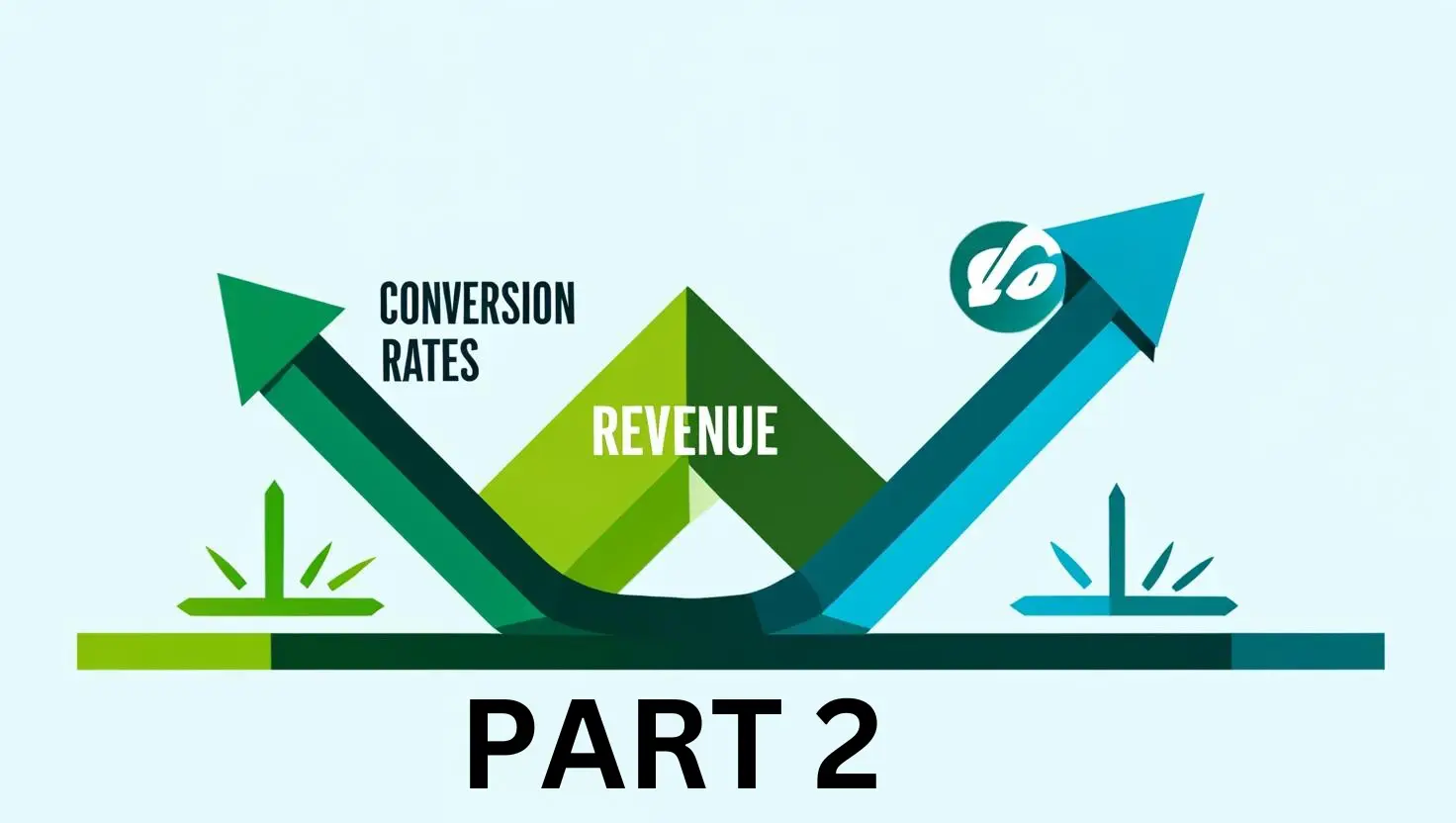The latest trends in affiliate marketing reflect the growing influence of technology, evolving consumer behavior, and the need for personalized, data-driven strategies. While most of these are not new to affiliate, they all continue to be at the forefront as the channel adjusts, evolves, and embraces shifts that are shaping affiliate marketing in 2024.
1. Influencer Affiliate Marketing
Influencers have become a crucial part of affiliate marketing strategies. Many brands are partnering with influencers who align with their niche, leveraging their established audiences to promote products or services. Influencers not only drive traffic but also lend authenticity, making their recommendations more impactful. Additionally, micro-influencers, who have smaller but highly engaged followings, are gaining traction due to their ability to connect more authentically with niche audiences.
2. AI-Powered Affiliate Campaigns
Artificial Intelligence (AI) is transforming affiliate marketing through automated affiliate management systems, dynamic content personalization, and performance optimization. AI tools can analyze large datasets to identify high-performing affiliates, track campaign success, and personalize user experiences in real time to streamline operations and improve ROI.
3. Content-Driven Affiliate Marketing
High-quality, SEO-optimized content is more critical than ever for affiliate success. Search engines are favoring content that provides value, and affiliates are focusing on creating blogs, videos (especially in YouTube and TikTok), and reviews that offer in-depth information while subtly promoting and showcasing products.
4. Voice Search Optimization
With the rise of voice-activated devices like Amazon Alexa and Google Home, voice search is becoming a key channel for affiliate marketing. Optimizing content for voice search by focusing on natural language and conversational keywords can help affiliates capture more traffic.
Trend: Affiliates are creating content that answers common questions and mirrors the way people speak, positioning themselves for voice search rankings.
5. Diversification of Affiliate Channels
Marketers are expanding beyond traditional blog posts and social media to diversify their affiliate channels. Emerging platforms like podcasts, webinars, and live-streaming services (such as YouTube and Amazon Live) are offering new ways to engage audiences and promote affiliate products.
6. Affiliate Marketing and the Metaverse
As virtual worlds and the metaverse grow, brands are experimenting with affiliate marketing within digital spaces. Affiliates are now promoting products through virtual events, webinars, avatars, and immersive experiences, which can drive new forms of engagement.
7. First-Party Data and Privacy Regulations
With increasing privacy concerns and regulations like GDPR and CCPA, affiliate marketers are focusing more on first-party data. Building direct relationships with consumers through newsletters, social media, and other owned channels helps marketers maintain compliance and still execute effective affiliate campaigns.
8. Mobile-First Affiliate Marketing
Mobile traffic continues to dominate internet usage, and affiliate marketing strategies are increasingly being designed with a mobile-first approach. Affiliates are optimizing their content for mobile devices, ensuring faster loading times, better UX, and mobile-friendly offers.
9. Performance-Based Commission Models
Brands are increasingly adopting performance-based commission structures where affiliates are rewarded not just for traffic but for driving specific actions, such as sign-ups, sales, or subscriptions. Again, this is not new, but it’s becoming more common as multi-tiered commission models are needed as the types of affiliates entering the space are demanding flexibility.
10. Sustainability and Ethical Affiliate Marketing
Consumers are more conscious of sustainability and ethical practices. Affiliates focusing on aligning and promoting eco-friendly, sustainable, or socially responsible brands are gaining a competitive edge, tapping into the growing demand for responsible consumerism.


